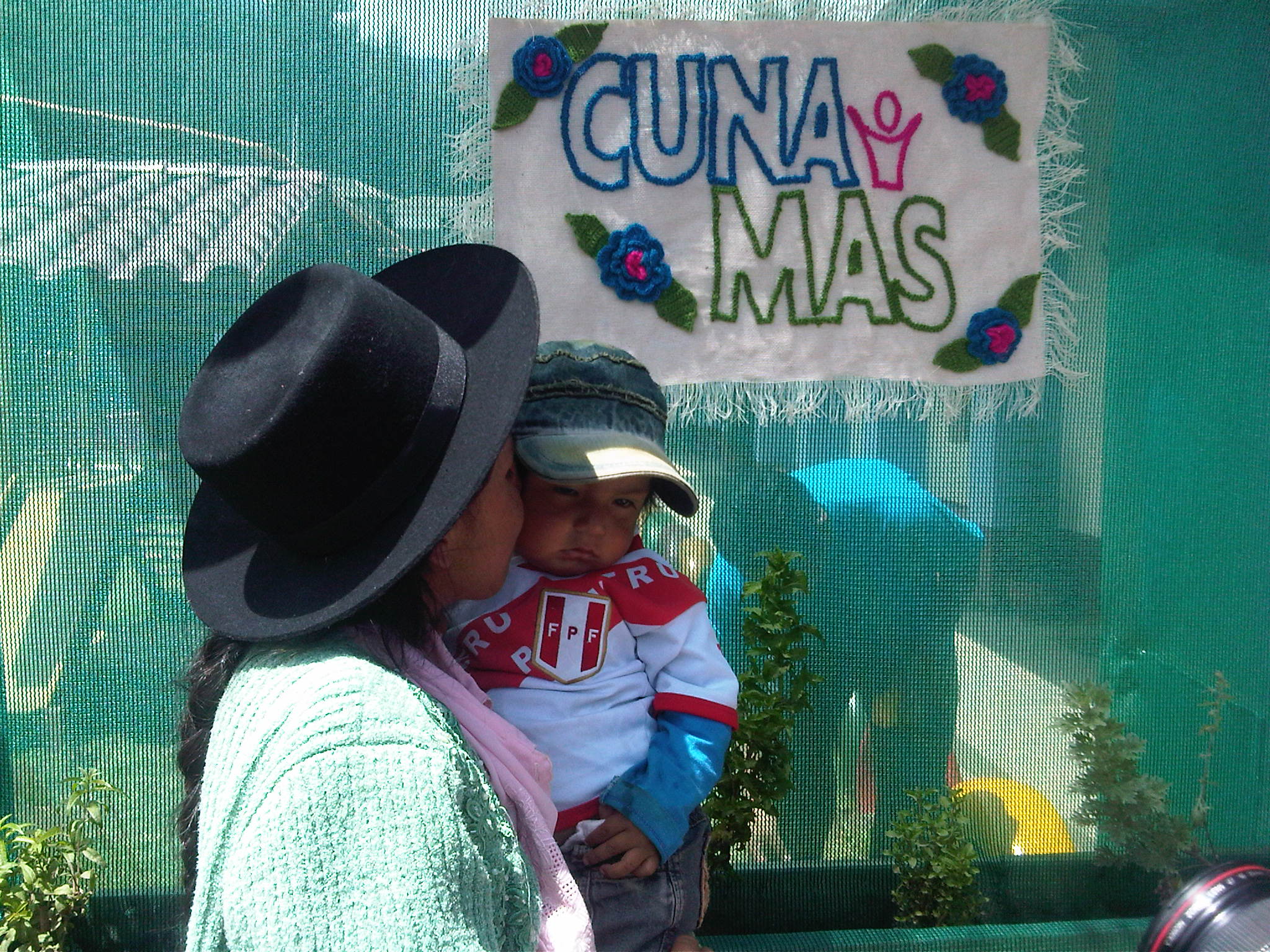By Monica Rubio.
Over the past year, I’ve been following a process going on in Colombia to design and implement a comprehensive early childhood strategy called De Cero a Siempre (From Zero to Always). This strategy is based on the premise that child development and wellbeing do not automatically follow on the heels of economic growth. Rather, they are a product of a long-term effort to ensure that all children receive high-quality, comprehensive care even before they are born. De Cero a Siempre is a priority on the political agenda of the current administration, which considers high-quality, comprehensive childcare a basic right, requiring its own policy and procedures for its ongoing development and evolution.
As a means of helping Colombia forges this new path and as part of our long-term support of its efforts, the IDB’s Social Protection and Health Division organized a high-level event, titled “Toward an Agenda for Early Childhood Evaluation in Colombia”, which was held yesterday, March 26th. The event was attended by Colombian First Lady Mrs. Maria Clemencia de Santos, sector representatives of the highest level, as well as representatives from academia, the private sector and international organizations. It is the first step toward building an agenda of studies and research for the De Cero a Siempre strategy. What follows is a brief overview of the studies that have received IDB support, as well as a recommendation to visit the event web page, where you can see the agenda, documents, presentations and photos from the event.
The first study measures the early child development gaps, both cognitive and non-cognitive, among children ages 6 to 42 months in different socioeconomic strata in the city of Bogotá. In particular, it looks at the age when the gap first appears, if it widens with age, and if the different areas of development are affected differently. The researchers found significant gaps in cognitive and language development after 17 and 9 months of age, respectively. They also found that the gaps increased between 18 and 42 months by a respective 57% and 83%. The study also served to validate several simple child development measures and provided information that will be useful for other countries. (Authors: Orazio Attanasio, Sally Grantham-McGregor, Costas Meghir, and Marta Rubio, as main investigators, and with the collaboration of Belén Gómez, Pablo Muñoz and Natalia Varela).
The second study is an evaluation of the impact of a pilot intervention in early child stimulation and nutrition on semi-rural towns in Colombia. This study, which has been discussed previously in this blog, used the platform of Familias en Acción (Families in Action), Colombia’s conditional cash transfer program, for its operational deployment. Based on the previous experience of research team member and professor Sally Grantham-McGregor in Jamaica, the study reported three findings: (i) stimulation interventions have important impacts on cognitive development, language acquisition, behavioral problems and the amount of money that families invest in their children as well as the amount of stimulation provided at home; (ii) nutritional supplements have a limited impact on child development; and (iii) stimulation seems to have a greater impact on the oldest children in the group. The study concludes that scaling up the intervention would cost an estimated $300-400 per year per child, and would be cost-effective in areas with a limited supply of institutional care. (Authors: Orazio Attanasio, Camila Fernández, Emla Fitzsimons, Sally Grantham-McGregor, Costas Meghir, and Marta Rubio, with the collaboration of Belén Gomez).
Finally, the methodological design and baseline of an evaluation that measures the impact of the transition from Community Homes (an informal community-based care model in Colombia) to a Preschool environment (an institutional, formal care model) was presented. Additional studies are needed to better understand the costs and benefits of the various options for intervention. (Authors: Orazio Attanasio, Raquel Bernal, Ximena Peña, and Marcos Vera).
I really recommend that you review these studies. The entire region, not just Colombia, can make use of them for measuring progress and evaluating early childhood policy design. There is a forceful message in all three cases: socioeconomic inequalities manifest into unequal child development beginning very early in life. An evaluation agenda that includes cost-effective care interventions is just a first step toward reversing those inequalities.
Monica Rubio is a senior social protection economist in the Inter-American Development Bank’s (IDB) office in Colombia. In addition to working on projects, her work includes applied research, policy dialogue, technical assistance, and program evaluation.


Thanks for the post, Mónica! and Cari and Florencia – Where can we get the papers to review? This is very helpful and good to see the results coming out and being used. In other words, 24 months is too late to begin any kind of stimulation?
Hi Pat, we are thrilled to know you are reading our blog. You can find the presentations of these studies under this link:
http://events.iadb.org/calendar/eventDetail.aspx?lang=en&id=3464.
Warm regards, Cari